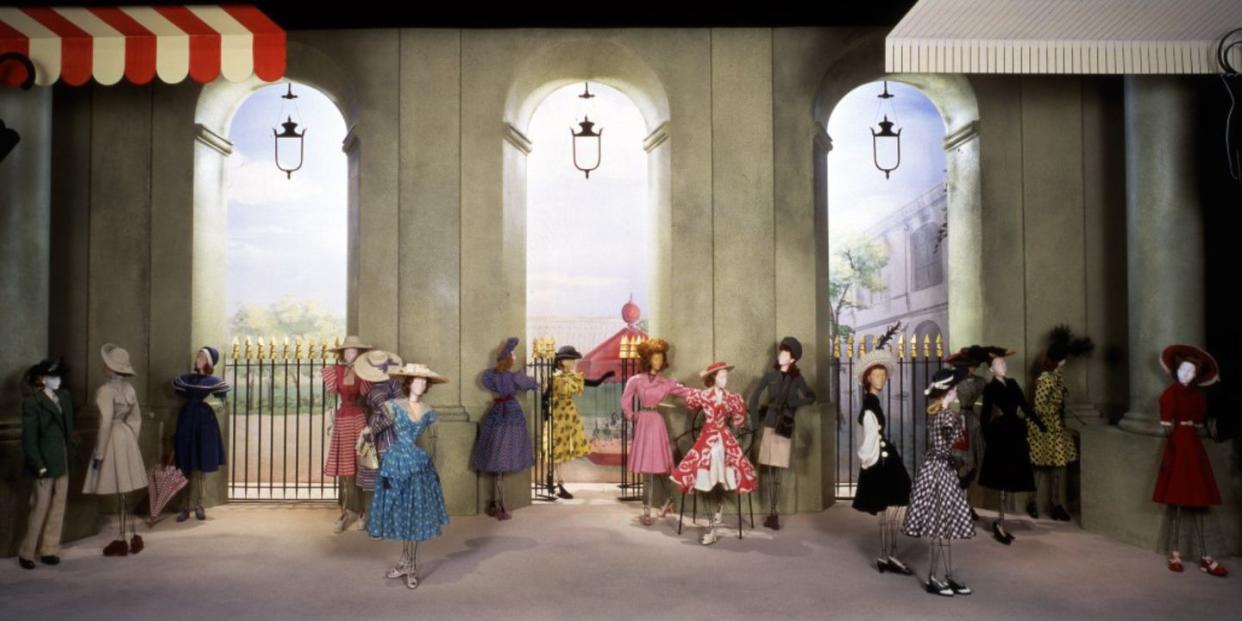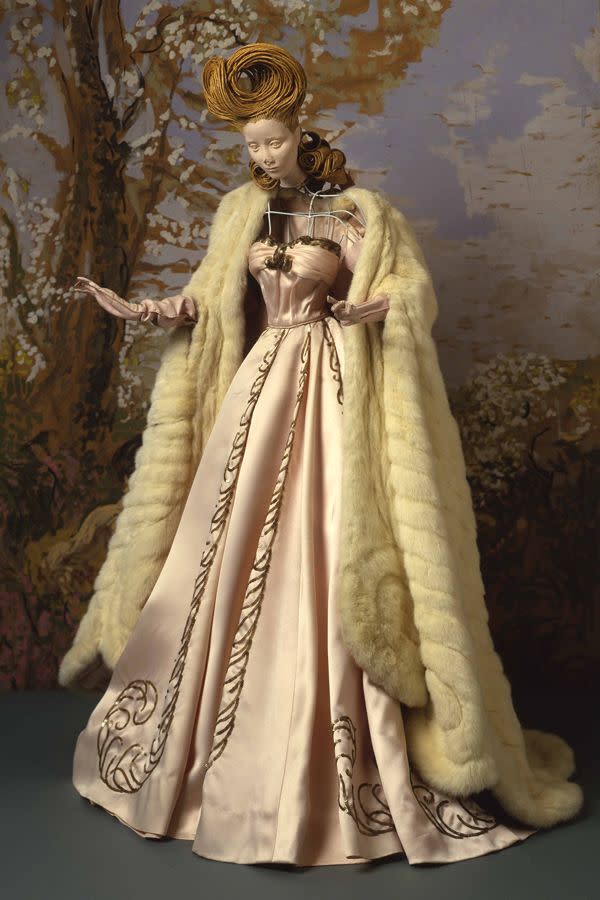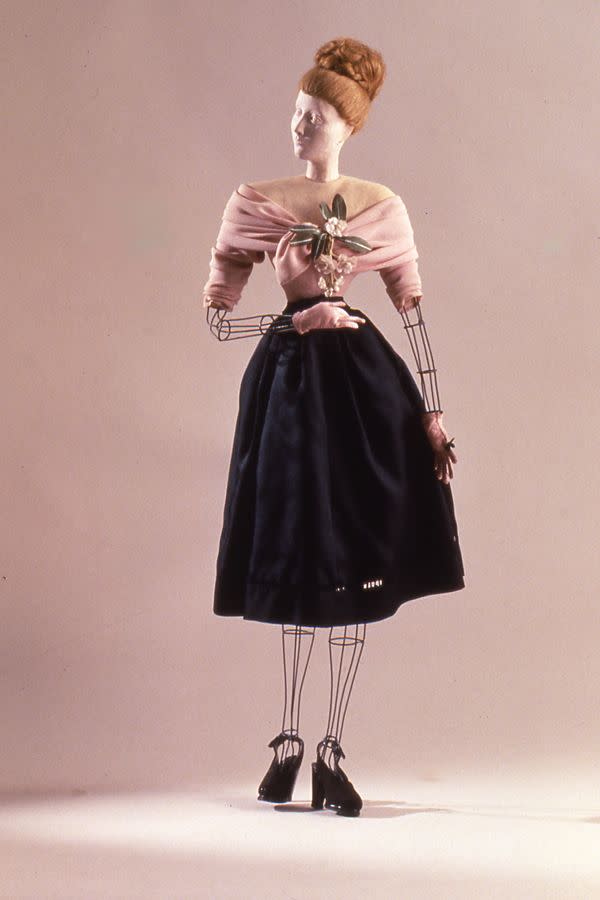The Secret History of the Dolls That Inspired Dior's Couture Collection

For the first digital Paris Couture Week, Dior presented a film by the italian filmmaker Matteo Garrone, in which a fanciful trunk filled with tiny haute couture clothes travels across a mythical landscape. The film captures the beautiful fantasy of high fashion, but less known is its inspiration, a 1945 traveling exhibit called the Théâtre de la Mode.
After World War II, France launched a mammoth rebuilding effort, and the fashion industry, with haute couture as a source of national pride, was a top priority. During the war, the Nazi regime had been intent on shifting the epicenter of culture from Paris to Berlin and Vienna, forcing couturiers to move to Germany and offering subsidies to German clothing brands so that they could outperform the French maisons.

To celebrate the end of the war and the return of French fashion—not to mention, remind the world of the importance of couture—Nina Ricci’s son Robert had the idea to present a miniature fashion exhibit, which could be made thriftily with limited resources due to its small size.
Nina Ricci and 15 other top designers, including Cristóbal Balenciaga, Pierre Balmain, Lucien Lelong, Elsa Schiaparelli, and Hérmes created 237 figurines wearing their creations. The mannequins were one-third size (27.5 inches tall), and were presented in 15 sets built by artists like Christian Bérard and Jean Cocteau; jewelers Cartier and Van Cleef & Arpels contributed miniature necklaces and accessories. No detail was overlooked: the zippers and buttons were fully functioning and the handbags held even smaller wallets and compacts in them.

The house of Dior wasn’t founded until 1946 but Nadine Gasc, head of the Fashion and Textile department of the Musée des Arts de la Mode, says that that Dior worked at LeLong during this time and was likely responsible for several of the designs on display.

Théâtre de la Mode opened at the Louvre in Paris March 28, 1945 and was so popular that the exhibition traveled throughout Europe and even to New York City and San Francisco. Proceeds from the exhibition were donated to war relief. As the legendary Susan Train wrote in an introduction to the book Théâtre de la Mode: Fashion Dolls, the Survival of Haute Couture, “Born at a moment in history and under circumstances that were more than difficult, but in an élan of solidarity and hope for the future, [the dolls] stand also for the creative ability, skills, and pride in the perfection of detail of the artisans, couturiers, and artists of France…they are in fact, like the phoenix, a symbol of life.”
At the end of the exhibition, the sets were dismantled and the the figurines were stored in a San Francisco department store. In 1952, the Maryhill Museum in Washington acquired the collection and in 1988, it worked with Paris’s Musée de la Mode et du Textile to meticulously restore the figurines and sets. The dioramas are now permanently on display at the eclectic museum, rotating through different sets each year.

While the circumstances are different, the creativity poured into the digital presentations and Théâtre de la Mode is evidence that the beauty of fashion can endure even in the most trying times—no matter what shape (or size) it takes.
You Might Also Like


